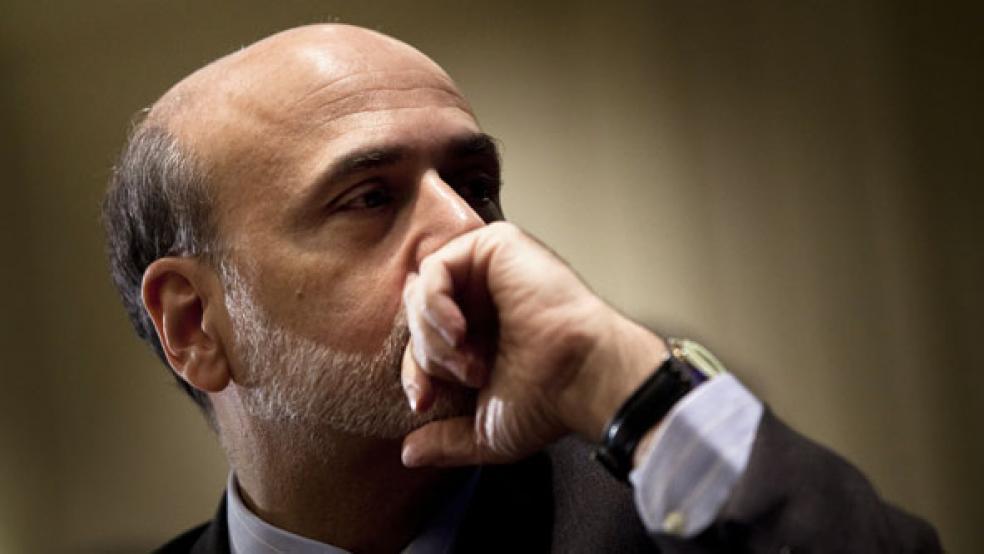The public’s faith in the Fed’s ability to protect the economy from economic problems has been shaken by the Fed’s failures before and during the Great Recession. The recent release of the transcripts from 2006 monetary policy meetings where Federal Reserve policymakers discuss and ridicule the suggestion that the economy is threatened by a dangerous housing bubble has undermined its reputation even further.
How did the Fed get things so wrong? How can policy be improved?
The first step in the policy process is for policymakers to be aware that there’s a problem in the economy, and access to reliable, timely, and informative data is critical. Unfortunately, there are substantial lags in the availability of data that indicate where the economy is headed, and it can be six months or longer before key variables such as GDP are known. This is a problem that doesn’t get enough attention, and in the information age we ought to be able to do better.
The fact that these data are not very timely, and are often revised substantially after they are released is not the Fed’s fault. But that doesn’t mean that the Fed can’t do more on its own. The Fed needs to do a much better job than it did before the crisis of using the data at its disposal to construct stress indices, measures of network reliability, price-rent ratios, credit measures, and so on to figure out what is happening in financial markets.
How the Fed responds to trouble depends
critically upon the relative weights it attaches to its
goals of low inflation, low unemployment,
and financial stability.
Prior to the crisis, policymakers were not asking the right questions and hence saw no need to collect such data, or to believe what the data they did have was telling them. They did not believe a severe financial meltdown was possible in modern economies featuring modern policy tools –those problems had been overcome long ago – so they hardly bothered to look for signs of bubble trouble. They are beginning to bring these measures into play now, and seem to have a better understanding of their importance, but only time will tell if they’ve truly learned their lesson.
Even if the Fed recognizes that a problem exists, how it responds to trouble depends critically upon the relative weights it attaches to its goals of low inflation, low unemployment, and financial stability. When the public looks at the Fed’s recent policy choices, it sees a Fed that appears to place worries about inflation – which is a big concern of finance and business – over the high levels of unemployment that have caused so much misery for the working class. Is there a reason why financial and business interests, banking interests in particular, might be overrepresented at the policymaking table?
Yes, there is. The problem, in large part, is the way in which the presidents of the twelve Federal Reserve District banks are chosen. The district bank presidents, who are an important part of the monetary policymaking committee, are chosen by the Board of Directors for individual banks. The make-up of those boards is dominated by wealthy business and banking leaders, and that leads to suspicions that these interests are overrepresented in monetary policy decisions. The Dodd-Frank legislation recognizes this problem, but it’s not clear that the proposed solution of eliminating bankers from the selection process goes far enough.
The first problem had a lot to do with economists’
undue faith in their own models and abilities – the
financial meltdown problem had been solved
so no need to worry about that.
A final problem policymakers must confront is the time it takes for policy to have an effect after it is put into place. It can take several months for policy to fully impact the economy after it is enacted, so it’s important for the Fed to react quickly in response to changing economic conditions. Unfortunately, policymakers were far too slow and timid in reacting to problems they encountered as the crisis unfolded. Had the Fed been more concerned about unemployment and less concerned about inflation, there might have been more urgency in its response.
The Fed’s errors can be placed into two broad categories, the failure to ask the right questions before the crisis, and the failure to act quickly and aggressively enough once the crisis began. The first problem had a lot to do with economists’ undue faith in their own models and abilities – the financial meltdown problem had been solved so no need to worry about that – while the second problem is at least partly due to the way in which the public interest is represented on the Fed.
I don’t know how to insulate economists from themselves, every few decades we seem to have the need to declare that we have solved important problems only to be spectacularly wrong, but the representation of the public interest in policy decisions can certainly be improved. That won’t fully overcome the Fed’s tendency to hesitate and take small steps when bold action is needed, but better representation would certainly give more weight to the public’s desire for the Fed to do its utmost to bring an end to the many problems that households face when the economy is operating at subpar levels.






